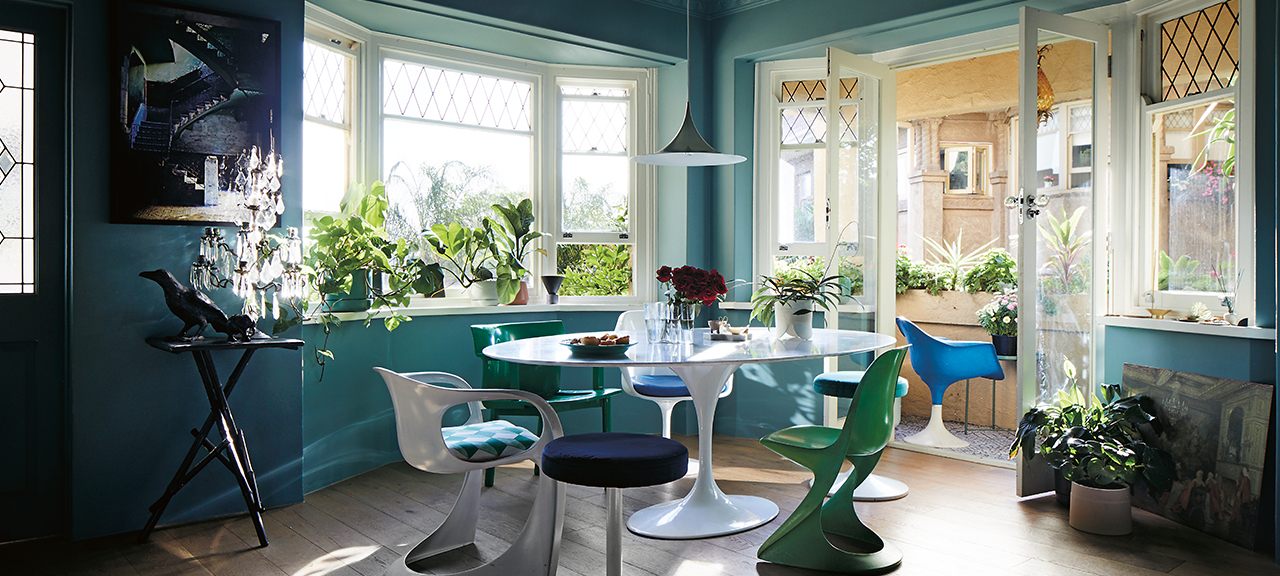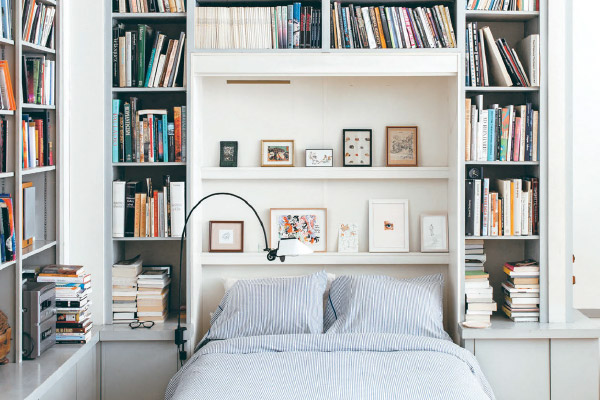The Urban Balcony
29 Nov 2019 | Jason Chongue
When curating your indoor or outdoor garden, it’s important to make it an extension of your personality. It needs to relate to you, not just something you saw in a magazine. I always observe plant textures and growth habits and relate them back to the design elements in your space. These elements are ones that you

BALCONIES
Balconies are often neglected spaces, left bare for drying clothes. To me, they make the perfect small-space garden. Being literally at your doorstep, balconies make convenient canvases for growing both ornamental plants and edibles.
The key to balcony gardens is providing your plants with shelter. Balconies are extremely exposed, so tend to turn into wind tunnels, and recieve a lot of extreme sunlight. But if you can break through these conditions, you’ll have the perfect little oasis. Creating a balcony garden will make your home feel like a retreat.
When setting up your balcony garden, you’ll want to consider space. The typical balcony has a limited floor area, and I would recommend saving some space for furniture so you can sit among your oasis. Try anchoring the corners of your balcony with larger planters, then tier down from there. It’s nice having some larger specimens that build height and shelter your interior from extreme weather. Balconies tend to lend themselves to arid or temperate plants, which have evolved to deal with wind and dryness, and there is a myriad of plants from the desert and the Mediterranean that work well.
Use the bones of your balcony to inspire your planting. Balcony balustrades are often ugly, but they make the perfect trellis for climbing plants or hanging planters. If you have a ceiling to work with, try hanging baskets of foliage that will eventually cascade to form a leafy wall.
Plants like succulents, citrus, olive, rosemary and Australian natives are drought tolerant, making them great choices for a balcony. If your space is narrow, try growing African milk tree (Euphorbia trigona), San Pedro cactus (Echinopsis pachanoi) and espalier fruit trees. They can all be compact growers and make great tall plants for empty corners.
GROWING TIP
Populating your garden doesn’t need to be expensive. Geraniums and succulents are easily propagated. Simply trim branches from a mother plant and plant them straight into soil.
A HERITAGE BALCONY
Older balconies are imbued with layers of history, which can challenge you to use plants you might not have considered. This balcony incorporates plants such as geraniums, taking you back to a time when flowering plants were revered – a perfect pairing for this heritage building. The balcony embraces its exposed nature, using drought-tolerant plants. Incorporating plants both outdoors and in makes this narrow balcony feel larger, while also providing intimate pockets to sit and ponder.
AN APARTMENT BALCONY
With plenty of morning light, this balcony celebrates an arid aesthetic: one that would still thrive if underwatered or exposed to intense summer sun. The taller plants closest to the balustrade protect the smaller plants below. Small gardens are all about balance, achieved here with a mix of larger plants positioned at the corners and a series of smaller-scale pots and plants to soften the edges. The cacti and aloe form rigid silhouettes, while the lamb’s ear and spider plant add softness.
STYLING TIP
If floor space is at a premium in your home, try cultivating plants on windowsills and in planter boxes. This allows foliage to overflow without compromising on space. And don’t be afraid of having your garden grow against windows. Doing so can make the perfect green escape.
In a monochromatic space, extend the neutral tones by using planters made from similar or natural materials. Using neutral tones will keep your space calm and avoid colours clashing.
All text is extracted from Green: Plants for small spaces, indoors and out by Jason Chongue
Available now in bookstores and online
Click here to find your preferred online retailer



